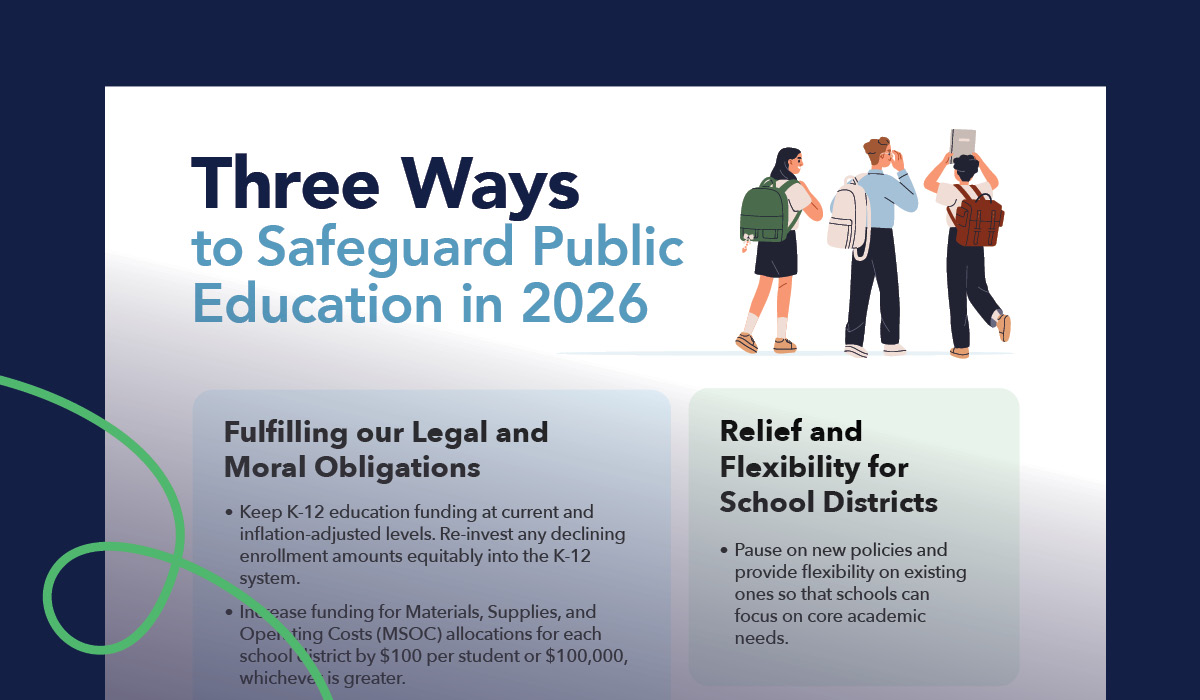On October 30, the Washington State School Directors’ Association (WSSDA) completed a months-long journey when its board adopted the association’s 2026 legislative priorities.
Early in the year, school boards proposed changes to WSSDA’s positions, then voted on those proposals, followed by prioritizing positions that end up as a one-page priorities document crafted by WSSDA’s legislative committee. The final step was adoption by the WSSDA Board of Directors.
The 2026 priorities appeal to the Legislature to safeguard Washington’s public education system by:
- Fulfilling our legal and moral obligations by protecting current funding levels, updating funding formulas, and continuing to work on funding special education, materials, supplies, and operating costs.
- Providing relief by pressing pause on new policy creation and budgetary flexibility for school districts around existing policies that districts don’t have the funds needed to ensure compliance.
- Fostering safe, healthy, contemporary school facilities by funding the remaining project list of the Small District Modernization Grant Program.
“We expect the next legislative session to be challenging for everyone given the budget outlook,” said Logan Noel-Endres, WSSDA’s director of strategic advocacy. “WSSDA’s legislative priorities acknowledge that reality while continuing to pursue the needs of our K-12 system.”
With significant revenue shortfalls forecast at the state level and ongoing changes in federal funding for government services, every part of the state budget will likely be impacted. In this environment, the stakes are high for school districts across Washington.
“Ultimately, our vision in crafting the legislative priorities was to express ways to safeguard public education in 2026,” said Marisa Peloquin, chair of the WSSDA Legislative Committee and school director for University Place School District. “We do this by never letting up on holding our legislators accountable to fulfilling Washington’s paramount duty.”
Another important message Peloquin hopes to convey is that WSSDA and its legislative committee are thoughtful and deliberate in their work.
“Instead of darting between priorities year to year like a speed boat, we consider our role to be more like steering a large ship whose passengers are the 1.1 million public school students. We want legislators and educational partners to know that we will not just flit from one thing to the next. Instead, we take a long-term view.”
WSSDA holds a catalog of over 200 legislative positions. While the 2026 priorities spotlight only a few, WSSDA’s legislative committee and staff are prepared to advocate for any of them should the opportunity arise.
“Our legislative committee members stand ready to testify or ask other school directors and students to share their stories of how proposed legislation can make a difference, positively or negatively, in the education journeys of our students,” said Peloquin.
Anyone who’d like to contribute to WSSDA’s work of amplifying these priorities is encouraged to email strategicadvocacy@wssda.org.
